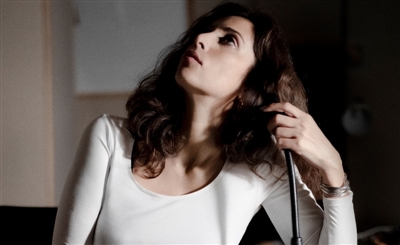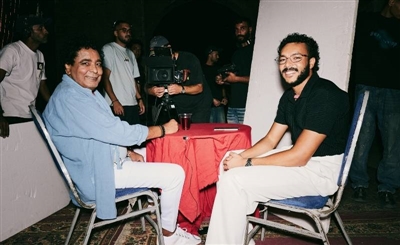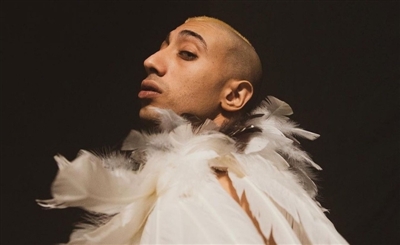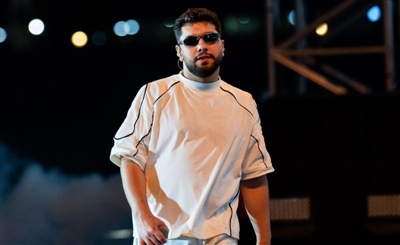Morocco’s Jihane Bougrine Plays with Bossa Nova, Folk Rock and Reggae in Debut EP on Universal
The Paris-based artist’s six-track EP, ‘Dima Labass’, takes you on a globetrotting musical journey, though her roots are never far behind.
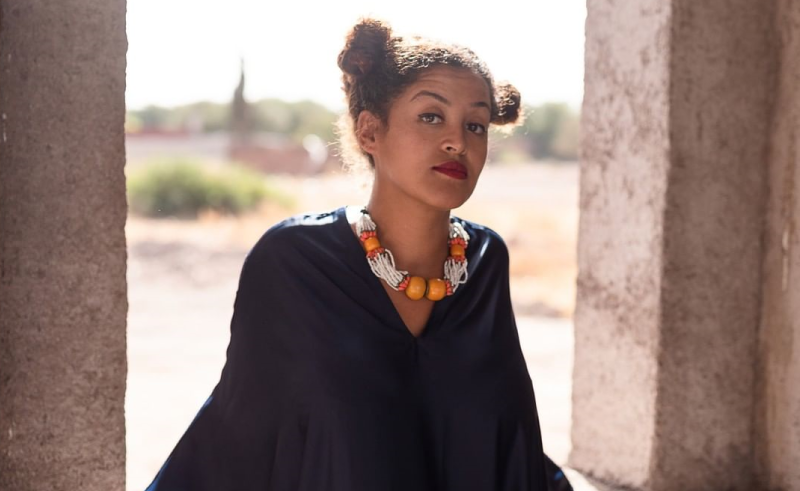
Growing up to the sounds of Michael Jackson, Bob Marley and Boney M, Moroccan artist, Jihane Bougrine, has a wider appreciation of music than most, especially when you also consider that she counts the likes of Egyptian greats, Om Kolthoum and Abdelhalim Hafez, and Lebanese icon, Wadih El Safi, as influences, too. Then there are her teenage years, which were dominated by her love for everyone from David Bowie, Kurt Kobain and Alanis Morrissette.
It’s in and around these eclectic range of artists and musical styles that the Rabat-born, Paris-based singer has been forming her own sound, informed by the greats and interpreted through contemporary styles. This is exactly what she delivers in her debut release on Universal Middle East, Dima Labass.
Translating to something along the lines of ‘always fine’, the six-track EP is certainly painted in bright, cheery colours. She draws in elements of bossa nova, folk rock and reggae in rather bombastic fashion, each track fully committing to taking you to a quite specific place. Throughout the album, use of traditional Middle Eastern instruments such as Bendir, Oud and Derbaki are used to pay homage to her roots, but the first track takes you to Brazil.
<iframe src="https://widget.anghami.com/album/1013167964?bid=/?theme=fulldark&&layout=list&&lang=en" scrolling="no" frameborder="0" width=600 height=450 ></iframe>
‘Madabya’, for which a video was made with the help of various Moroccan personalities from around the world during the lockdown, is a classic bossa nova number, though Oud is used in breaks between Bougrine vocals. The real twist, however, comes towards the end, as the song explodes into rock. From there, there’s no particular line to be followed, Bougrine’s voice the only thing stringing it together.
Track two, ‘Khelini Alik’, takes on a bluesy, pop-rock sound that evokes images of a looking into the abyss of a pristine Arabian desert, while ‘Farha’ is carried by optimistic, skittish, jazz piano. ‘Houria’, meanwhile, takes us into the straight rock, the strings going from Middle Eastern-inspired folk rock and to anthemic, air-guitar rock. In ‘D7ak Le Denia’, Bougrine finds a crossroads between pop, rock and jazz, not too dissimilar to the kind of rock-arrangement fusion sound that has come out of Egypt over the last five years or so, through bands such as Masar Egbari and Wust El Balad. The album ends with a track that, at first, reads as reggae. But something about the use of Middle Eastern instrumentation, coupled with a walking bassline, that takes ‘Nssani’ to the edge of reggae’s precursor, ska.
It all makes for an interesting listen, showing Bougrine to have the vocal and emotional range to pull each one off. Ultimately, though, it leaves the album feeling disjointed when listened to as a whole and it lacks a cohesion that could have been formed with a more precise fusion of the sounds. There’s so much going on for six-track album, but it all bodes well for an artist who immediately began turning heads upon relocating in France through multiple performances at the likes of Le Réservoir, Sentier les Halles and Café de la Danse, various tours and one particularly memorable performance with the evergreen Chico and the Gypsies. Dima Labass is, of course, just one step of many more inevitably interesting steps to come for Bougrine and the response online to her work has been positive, three videos for tracks from the EP garnering almost a million views alone.- Previous Article test list 1 noise 2024-03-13
- Next Article What Dance Music is the Middle East Listening to?
Trending This Month
-
Nov 24, 2025




